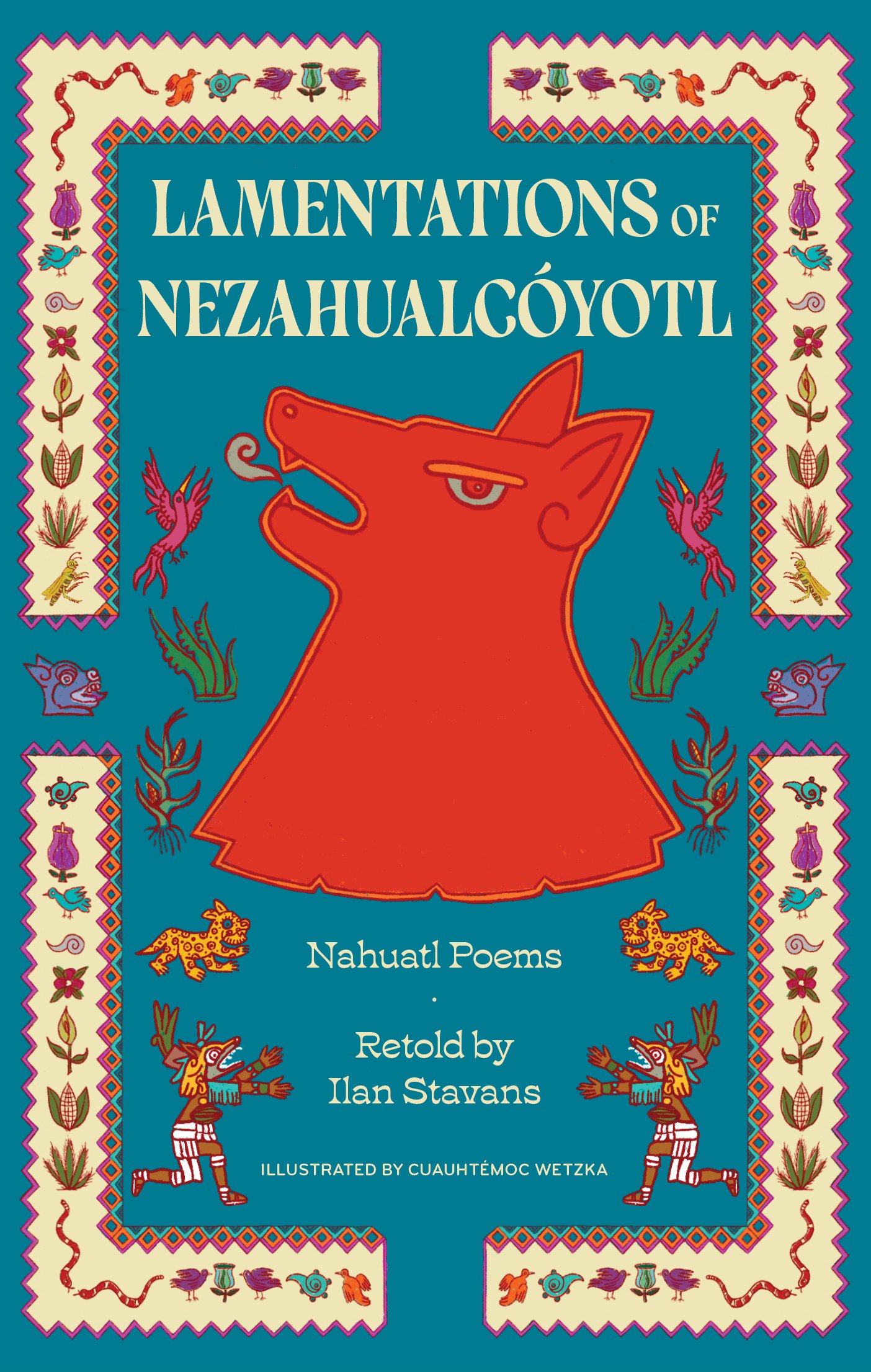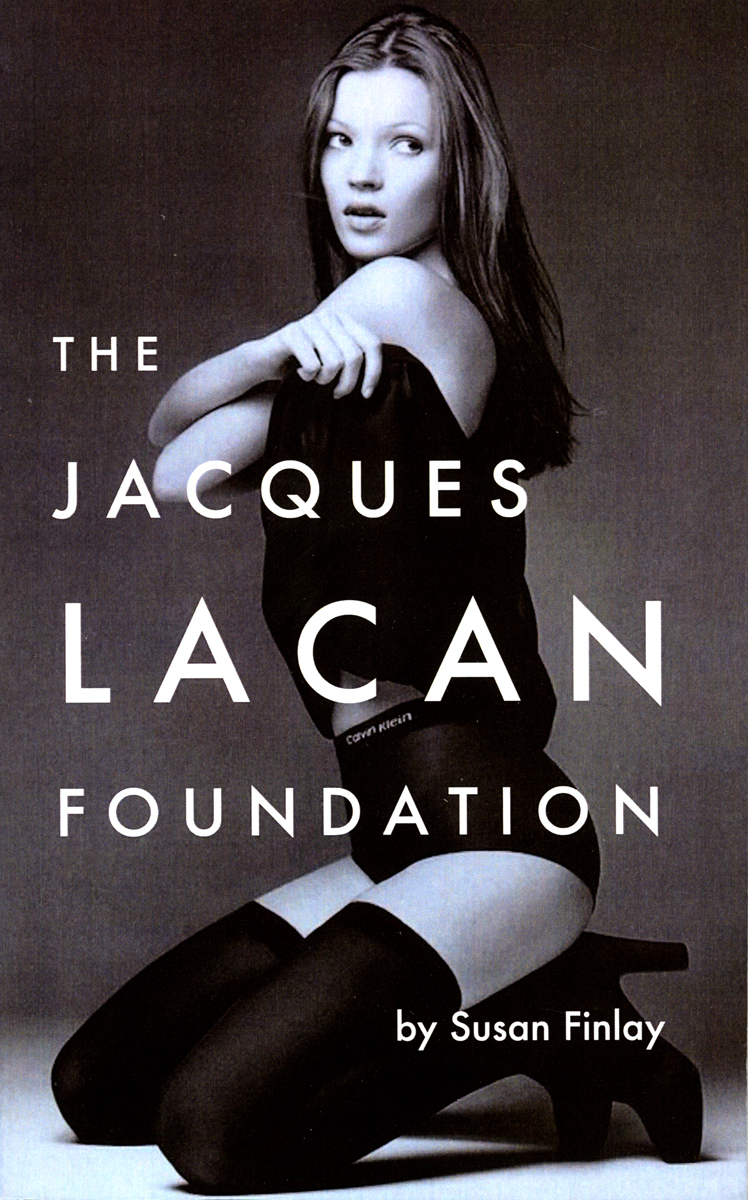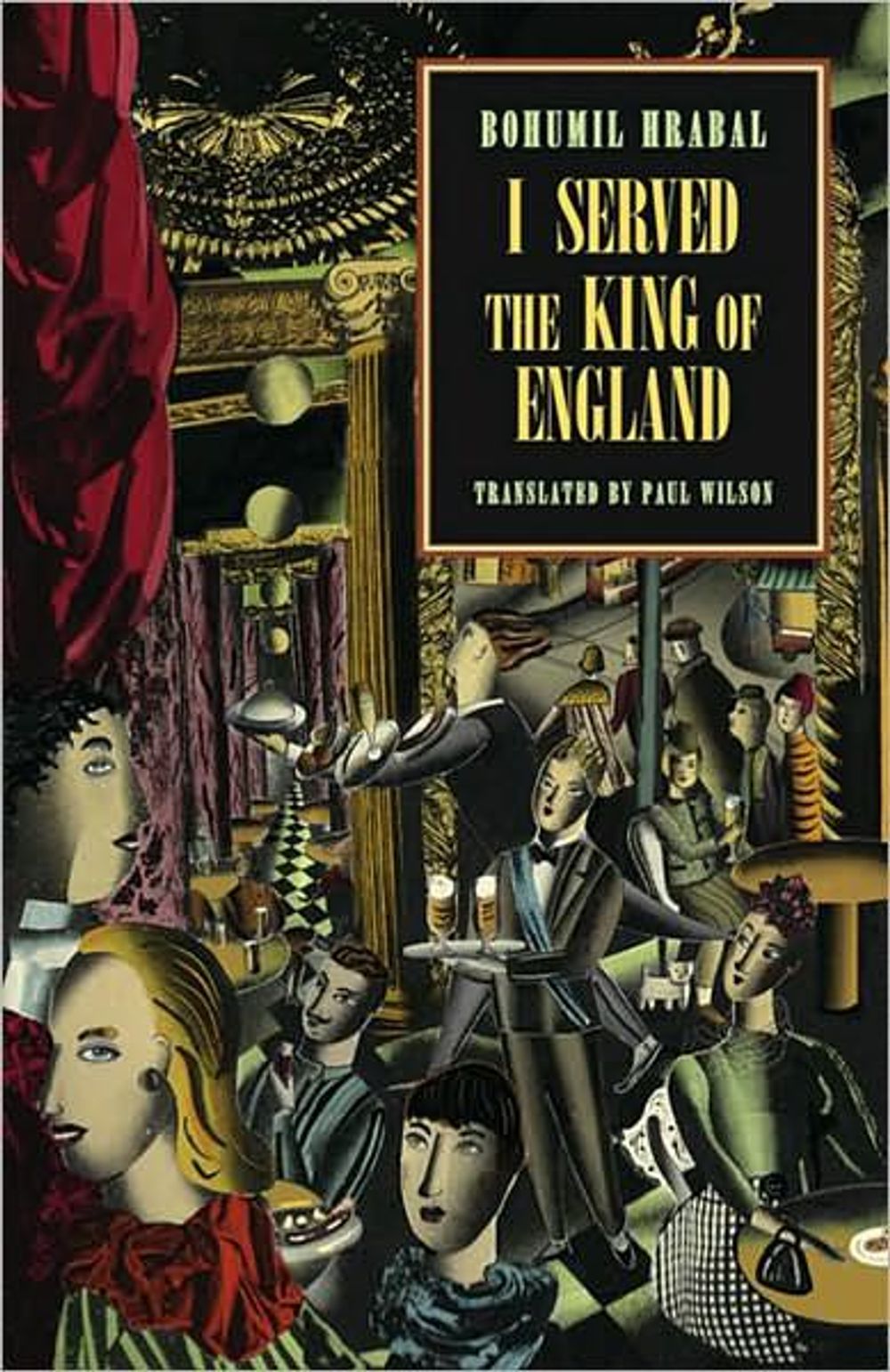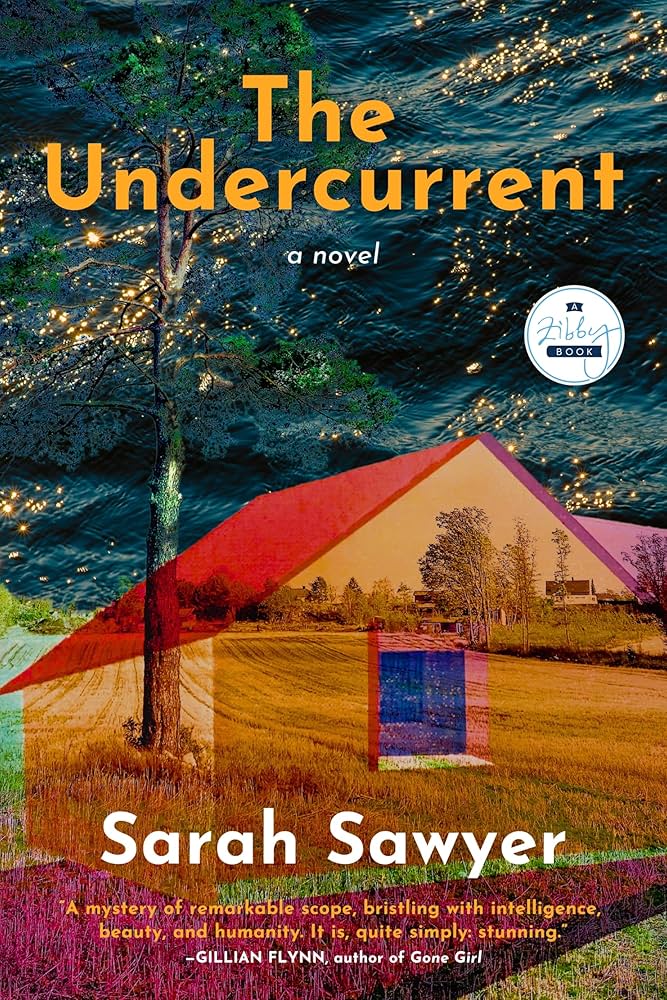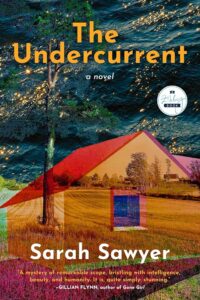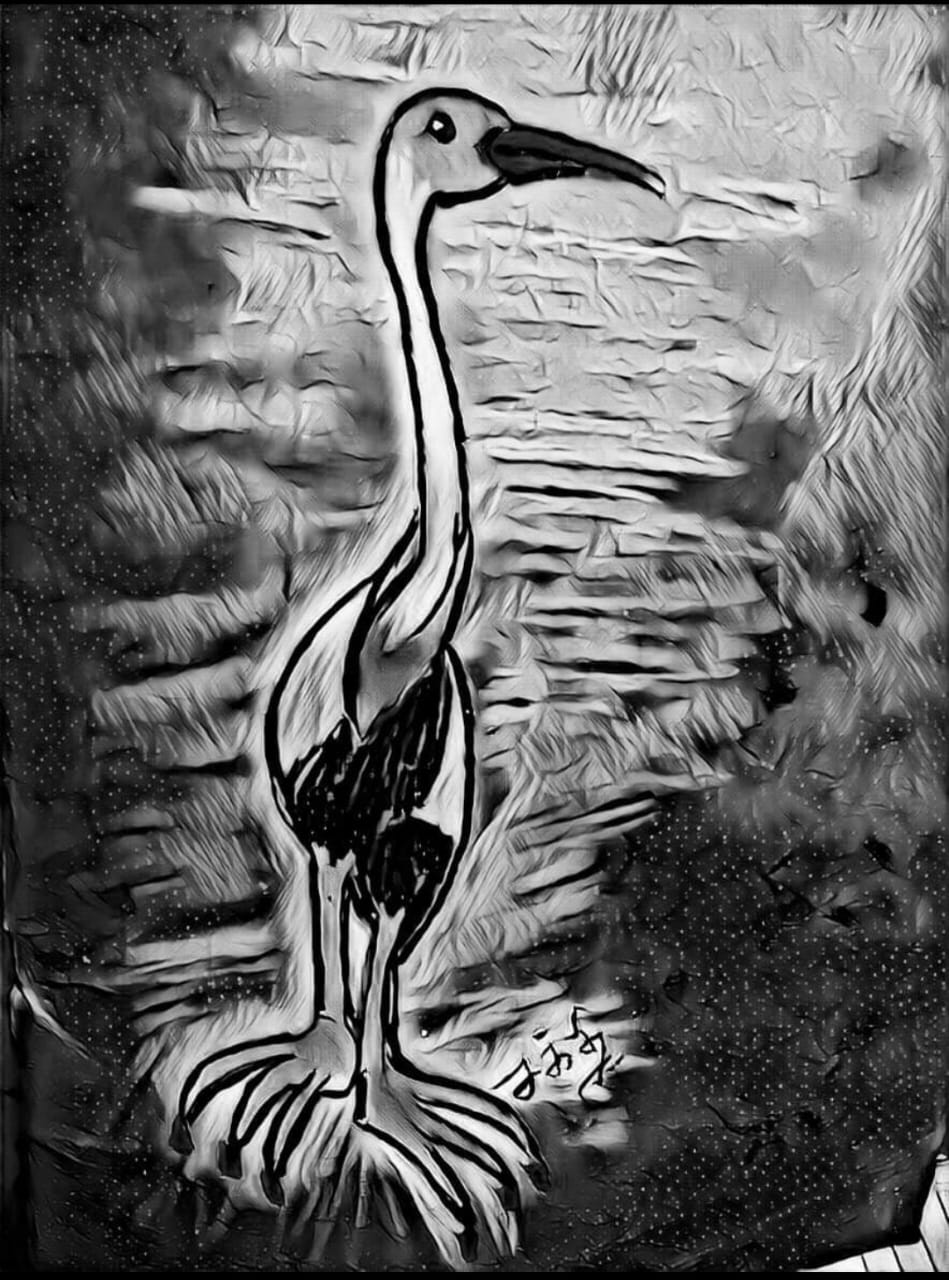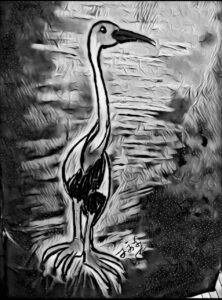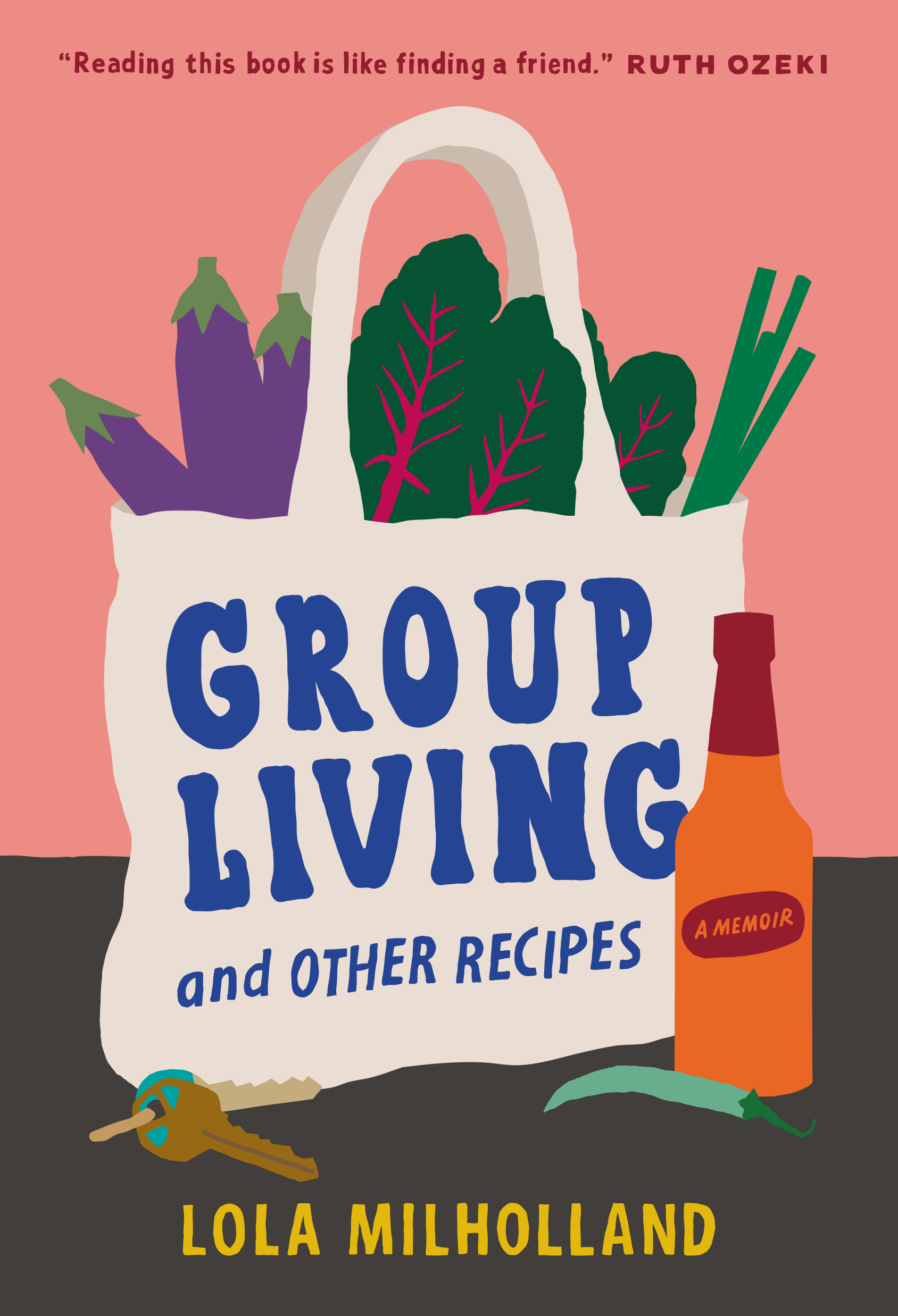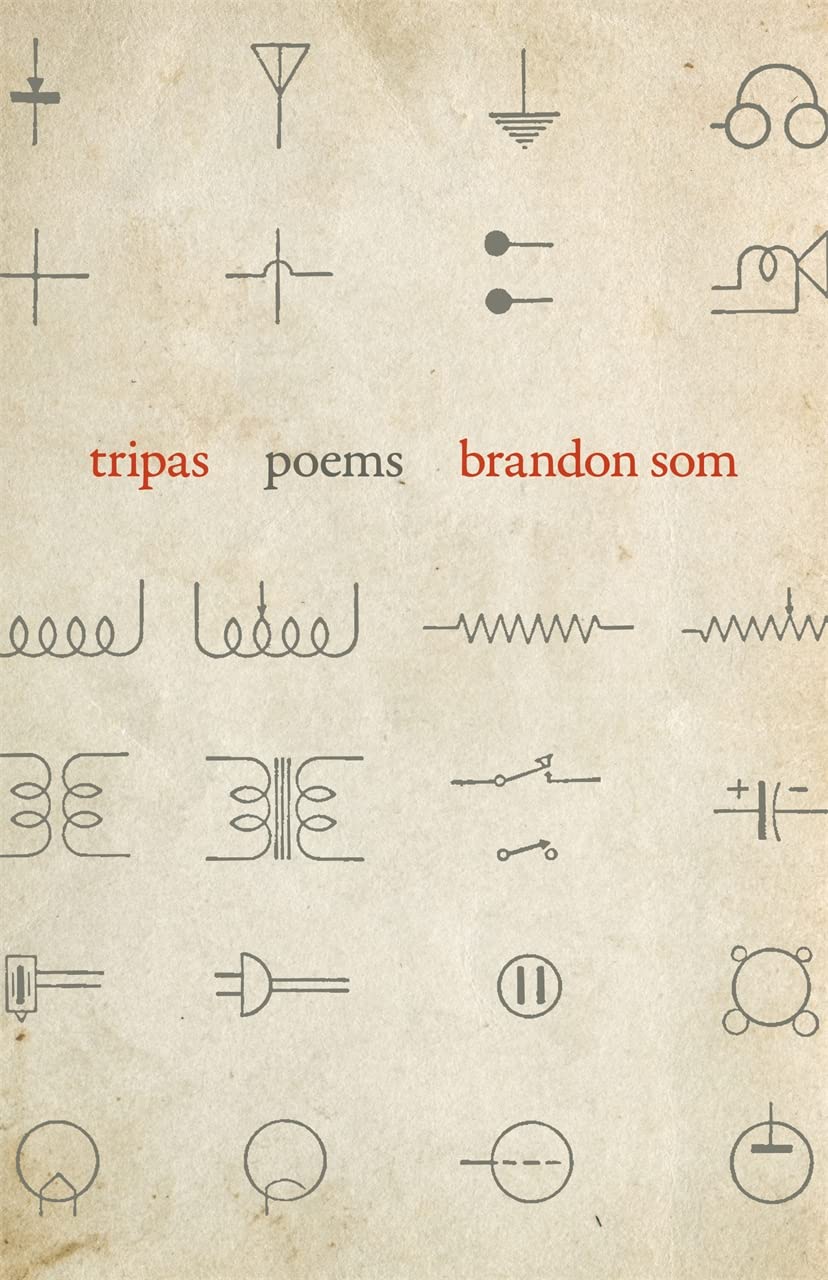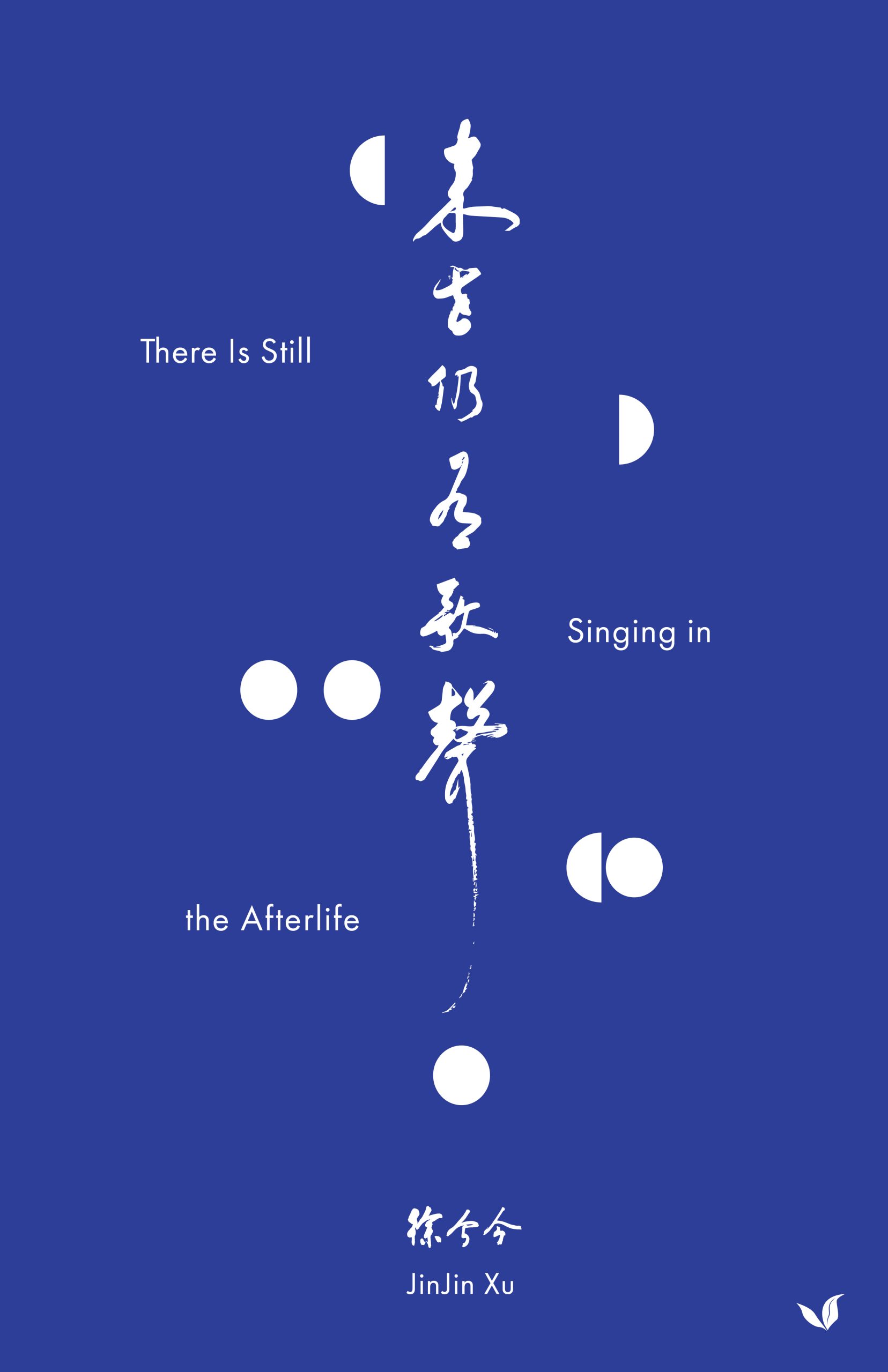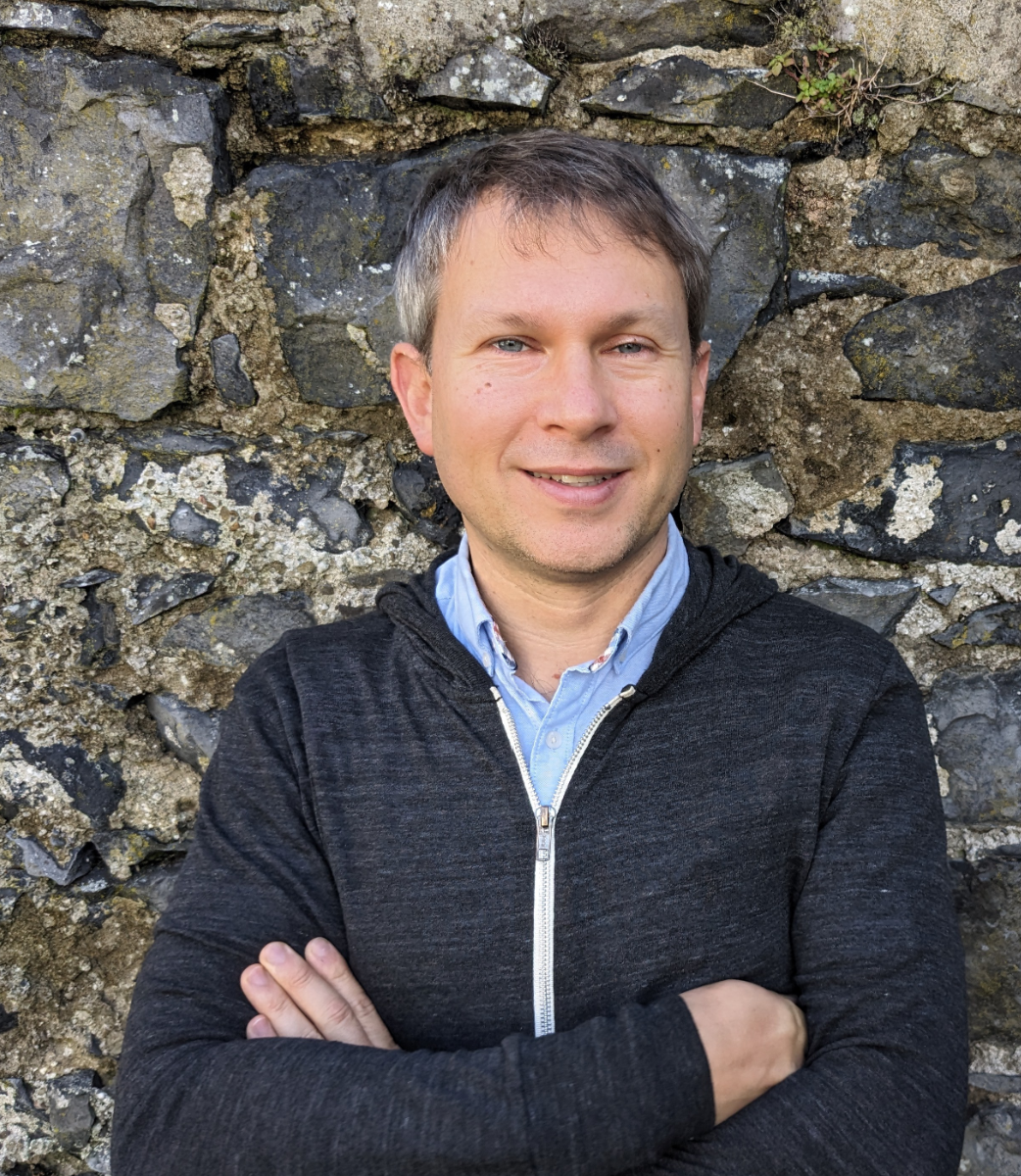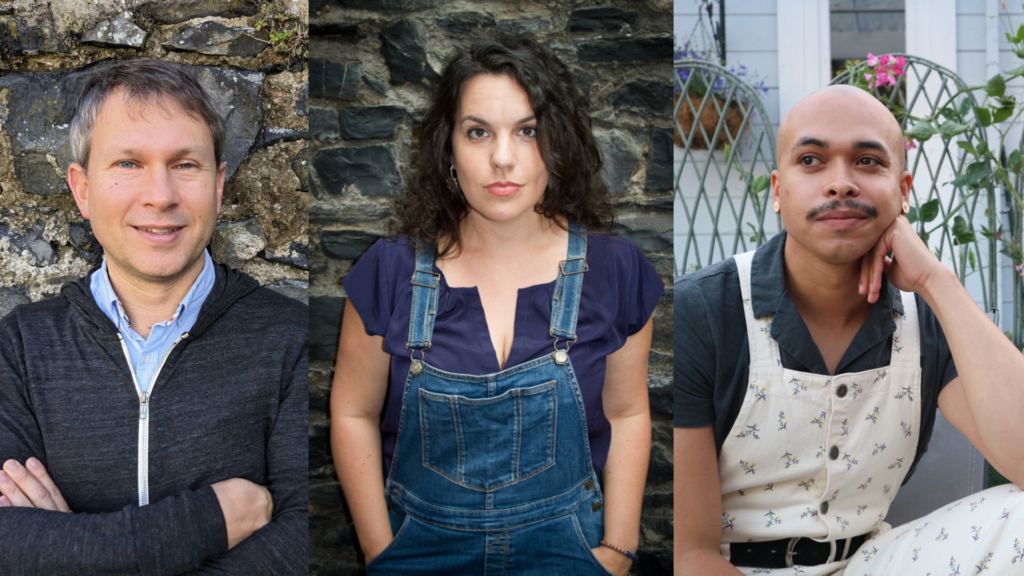Retold by ILAN STAVANS
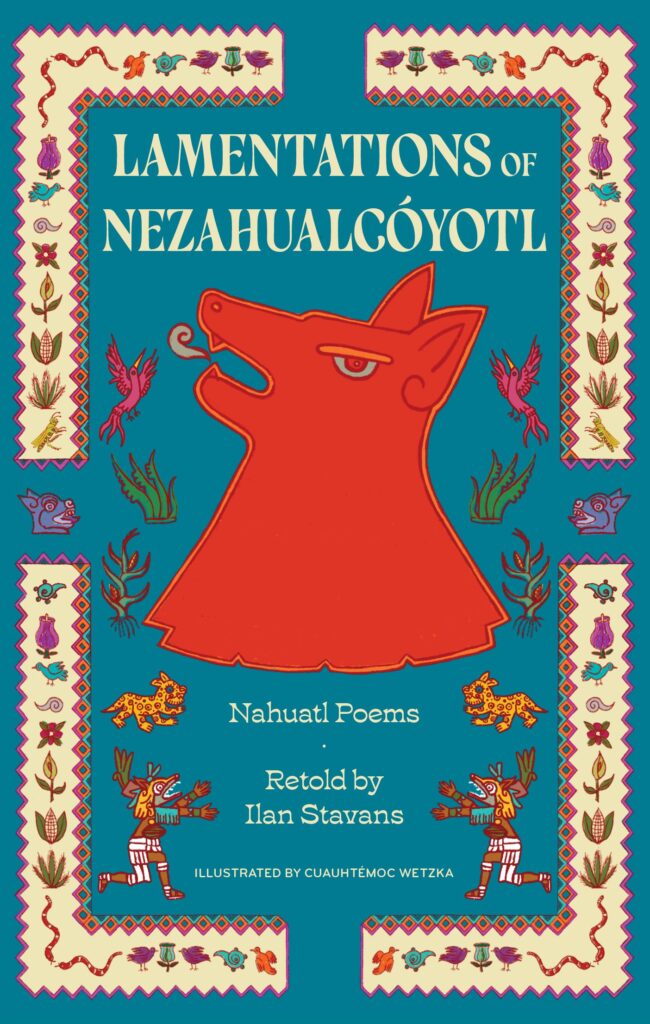
Nezahualcóyotl (1402–1472) is the only pre-Hispanic Aztec poet we know by name. The word means “Hungry Coyote” in Nahuatl. But Nezahualcóyotl wasn’t solely a poet. He ruled the Texcocans, who, along with the city-states Tenochtitlán and Tlacopán, formed the magisterial Triple Alliance, which ruled from 1428 until the arrival of the Spanish conquistadors almost a hundred years later. Nezahualcóyotl was also known for his philosophical meditations, his urban projects, especially aqueducts, and for his views on war, sacrifice, and the legal system.
